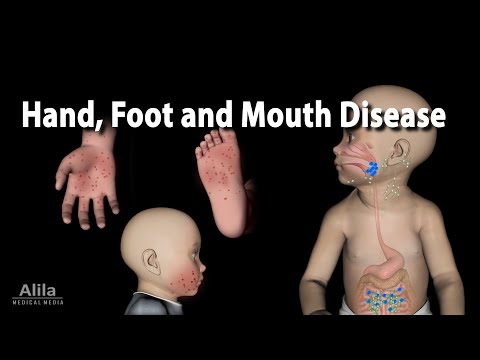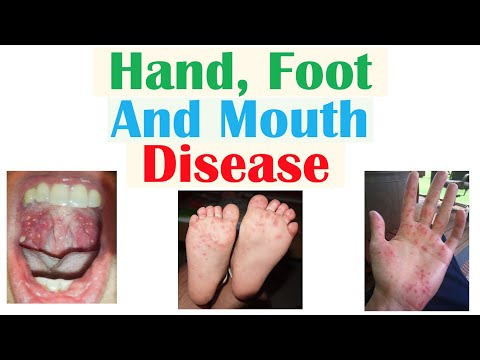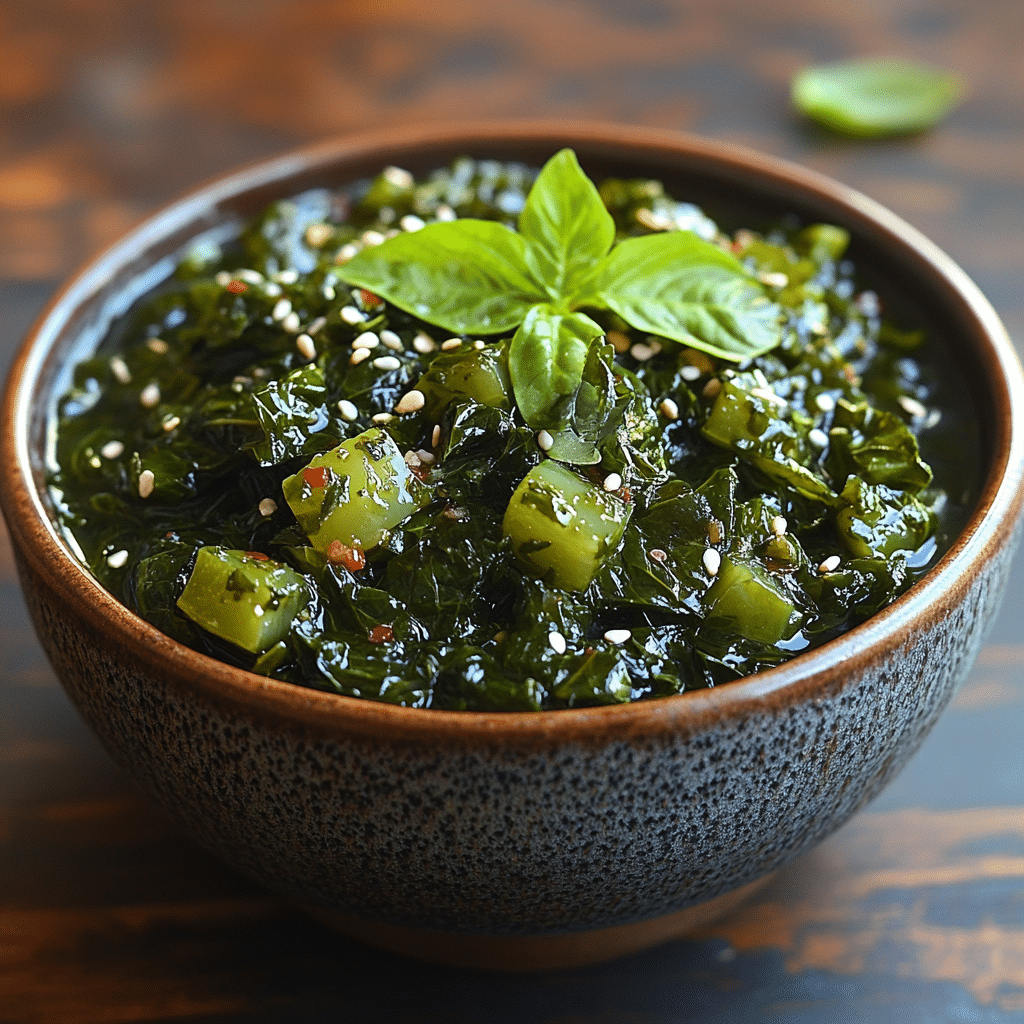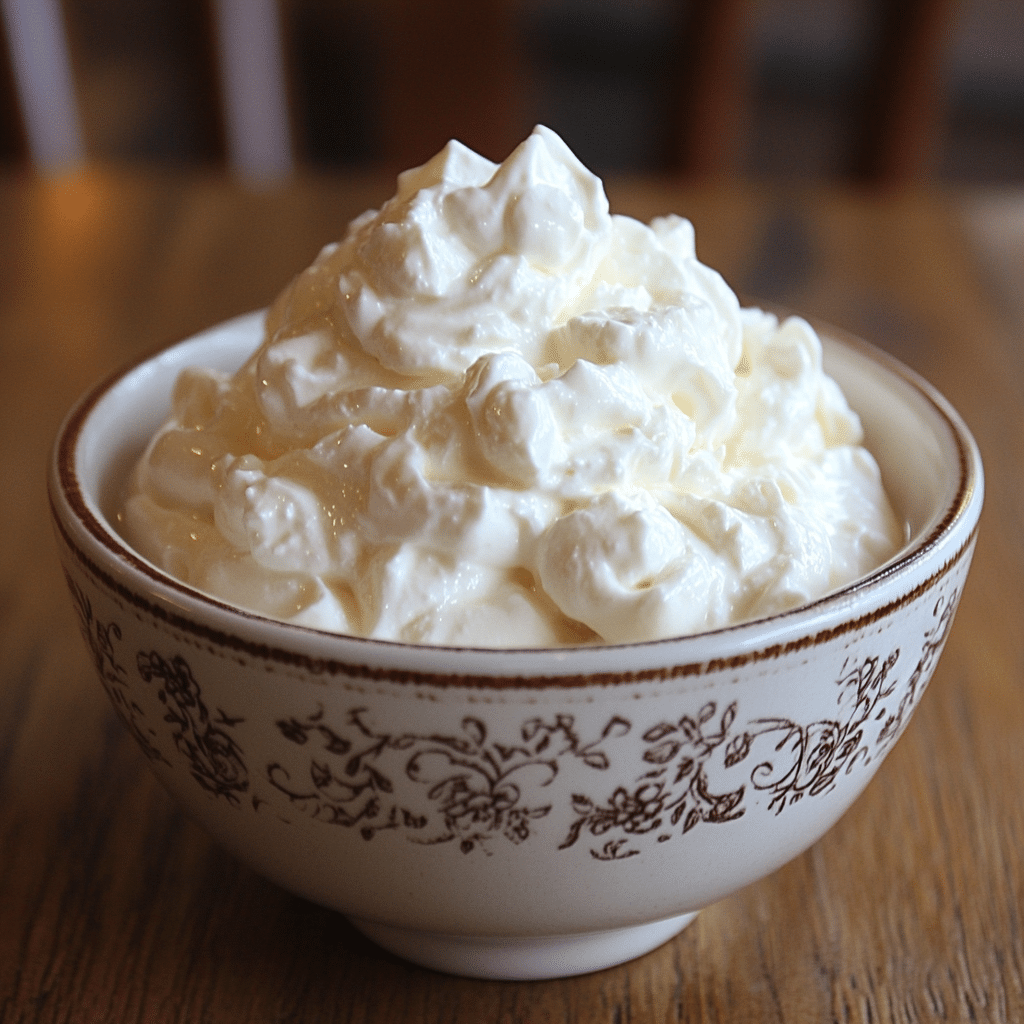If you’re a parent, learning about hand, foot, and mouth disease (HFMD) is more than just a trend; it’s essential for your child’s well-being. This common viral illness predominantly affects kids under five but can strike older age groups too. Understanding the symptoms and how to care for your child can make all the difference in treatment and recovery. It’s time to crank up the knowledge on HFMD and take proactive steps to keep your child active and healthy.

Understanding HFMD: A Comprehensive Overview
Hand, foot, and mouth disease is primarily caused by the coxsackievirus. The symptoms can come on fast and often involve fever, sores in the mouth, and a distinctive rash on the hands and feet. The course of HFMD can vary greatly—from mild cases that resolve quickly to more severe ones that require monitoring. Moms and dads, it’s crucial to know what you’re dealing with when your little champ falls ill.

Top 7 Key Symptoms of HFMD to Watch For
Being aware of the symptoms of HFMD can help you manage your child’s health more effectively. Keep an eye out for these seven telltale signs:
This usually kicks things off. A mild to moderate fever, generally around 102°F, indicates that your child’s immune system is going to war against the virus.
These painful lesions form inside the mouth, making enjoying their favorite foods feel like a battle. They can be pretty difficult for your child, and it may lead to a decreased appetite.
The recognizable rash typically follows those initial symptoms. It starts as red spots that can blister and may cause some itching or general discomfort.
Mouth sores and fever lead to disinterest in food, raising alarms about dehydration. Keeping them nourished is essential during this time.
With all their discomfort, your kids may become irritable or unusually fussy. It’s no surprise that feeling sick can sadden even the happiest little ones.
Some children may experience mild gastrointestinal issues like diarrhea. Monitor their bathroom trips to ensure they stay hydrated.
As their body battles the infection, fatigue becomes a common symptom. Your child may appear less energetic than usual, which can be concerning.

Effective Care Measures for HFMD at Home
Being at home doesn’t mean neglecting treatment. Here are several effective care measures to support your child through their bout with HFMD:
Quenching your child’s thirst is a top priority. Get them to drink plenty of fluids—water, Pedialyte, or clear broths can make a huge difference in preventing dehydration.
When those painful mouth sores pop up, doing a soft food diet can really help. Think yogurt, applesauce, or scrambled eggs. Steer clear of acidic or spicy foods that can irritate those sores even more.
Keep a close eye on their fever. Over-the-counter medications like acetaminophen or ibuprofen can help ease their suffering. Always double-check with your pediatrician on the correct doses to keep them safe and sound.
Your child needs a cozy space to recuperate. Fill their time with quiet, engaging activities like reading or watching their favorite shows to distract them from discomfort.
Although most kids recover nicely within a week, vigilance is essential. Watch for signs of complications like dehydration or difficulty swallowing to make the best decisions for your child’s health.
HFMD is contagious, folks! Teaching proper handwashing techniques is one of your best defenses against spreading the virus among family members.
If you notice symptoms worsening or if fever spikes, don’t hesitate to reach out to your child’s healthcare provider. They may discuss treatments like IVIG (Intravenous Immunoglobulin Therapy) if necessary.

Unique Insights into HFMD Management Strategies
Now, let’s dive into some fresh strategies to tackle HFMD. Being in the know can really help, especially for families facing recurrent viral infections.

Final Thoughts on Navigating HFMD
Facing HFMD might be an uphill battle for parents, but remember that staying educated and proactive makes all the difference! By spotting symptoms early, providing supportive care, and embracing the idiosyncrasies of your child’s health, you can help pave a smoother path towards recovery. Always consult healthcare professionals for personalized advice and treatment options. Remember, comfort, hydration, and solid care strategies aim to help your child bounce back quickly, so they can get right back to being their energetic selves.
With the right approach, you’re not just managing HFMD; you’re empowering your child to stay mighty and healthy. Up your game in parenting knowledge and tackle these health challenges like the champion you are!
Fun Trivia and Interesting Facts About HFMD
Little-Known Nuggets on HFMD
Hand, foot, and mouth disease (HFMD) might sound alarming, but it often feels like a passing phase for kids. This common viral illness typically strikes young children, especially under five years old, leaving behind classic signs like fever, sore throat, and those dreaded painful blisters. Interestingly, HFMD is most prevalent during summer and fall, much like a Kotor remake that takes us back to iconic moments but with a fresh spin. Quite the coincidence, right?
Symptoms That Make You Go “Hmm”
You might be surprised to learn that while HFMD can spread like wildfire, not every child shows obvious symptoms. Many times, a child will be contagious before they even start displaying signs. That’s a tough break as it’s hard to manage once they’ve been through the wringer of fever and discomfort. Now, did you know that short almond Nails can actually help parents monitor their child’s hygiene? Keeping those little hands clean is critical for preventing HFMD as cleanliness is key in warding off these pesky viruses.
Caring for Your Little One
Another interesting tidbit is that the treatment for HFMD often focuses on comfort rather than cure. Kids may feel too sore to eat, and offering soothing foods like yogurt can help. It’s all about keeping them hydrated, much like how one might utilize a Hydrow to fit in a workout while juggling parenting. Don’t forget that while most kids recover in about a week, a minority might require a check-up, especially if they have underlying conditions like those needing cochlear Implants. Always good to have that on your radar! Parents need to watch for dehydration signs, because let’s face it—no one likes a cranky kiddo.
In addition to managing the illness, it’s crucial to practice good hygiene. Regular handwashing can make a world of difference, keeping your child safe from HFMD and other germs. Plus, who doesn’t appreciate a good milestone birthday celebrated with a Happy Birthday in Hawaiian twist? It can be a fun distraction amidst illness, bringing smiles back when they recover. Remember, whether you’re deep into lineage or simply searching for a substitute For cornstarch when cooking up comfort food, every little effort counts towards your child’s health and happiness.



























